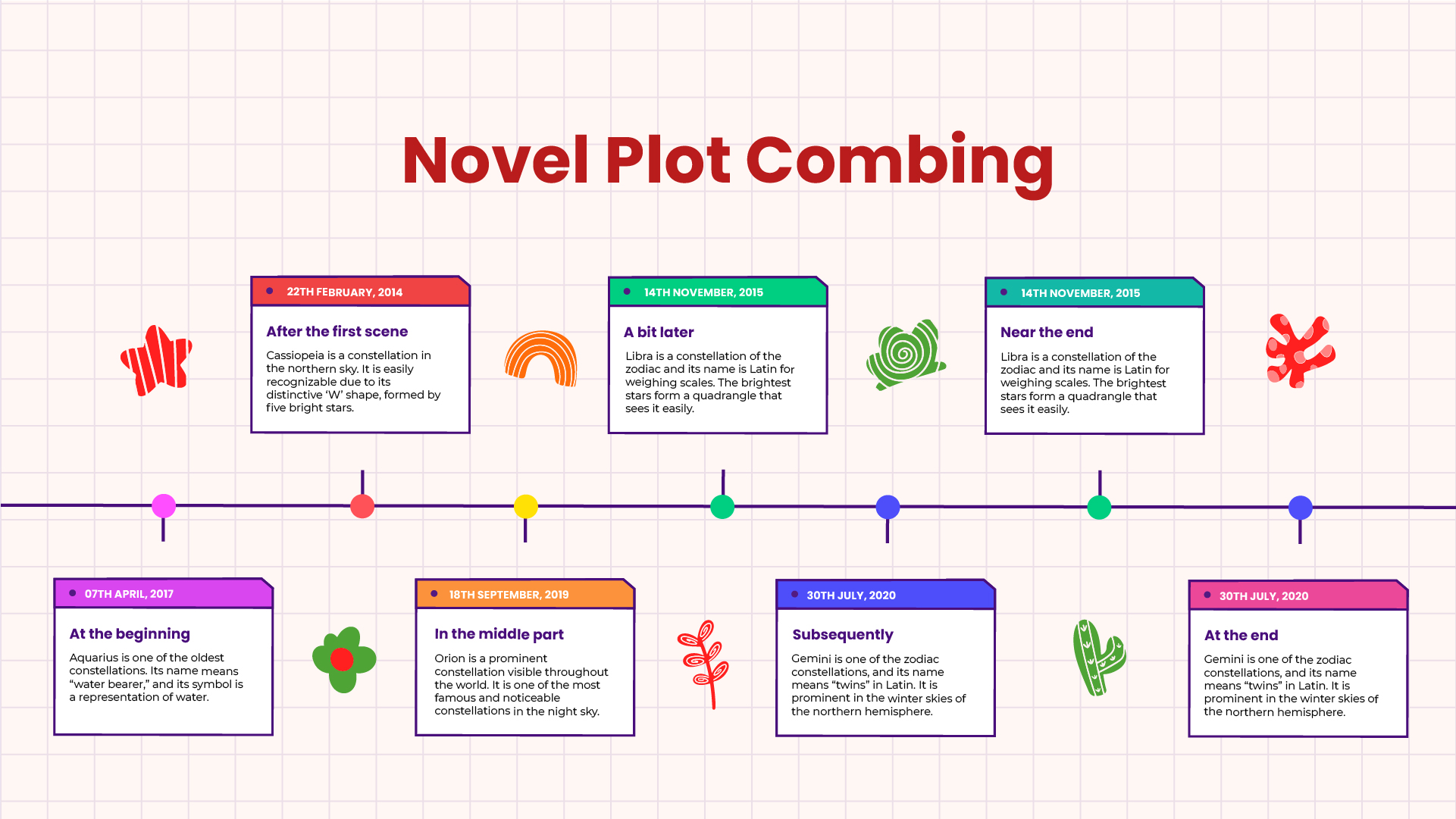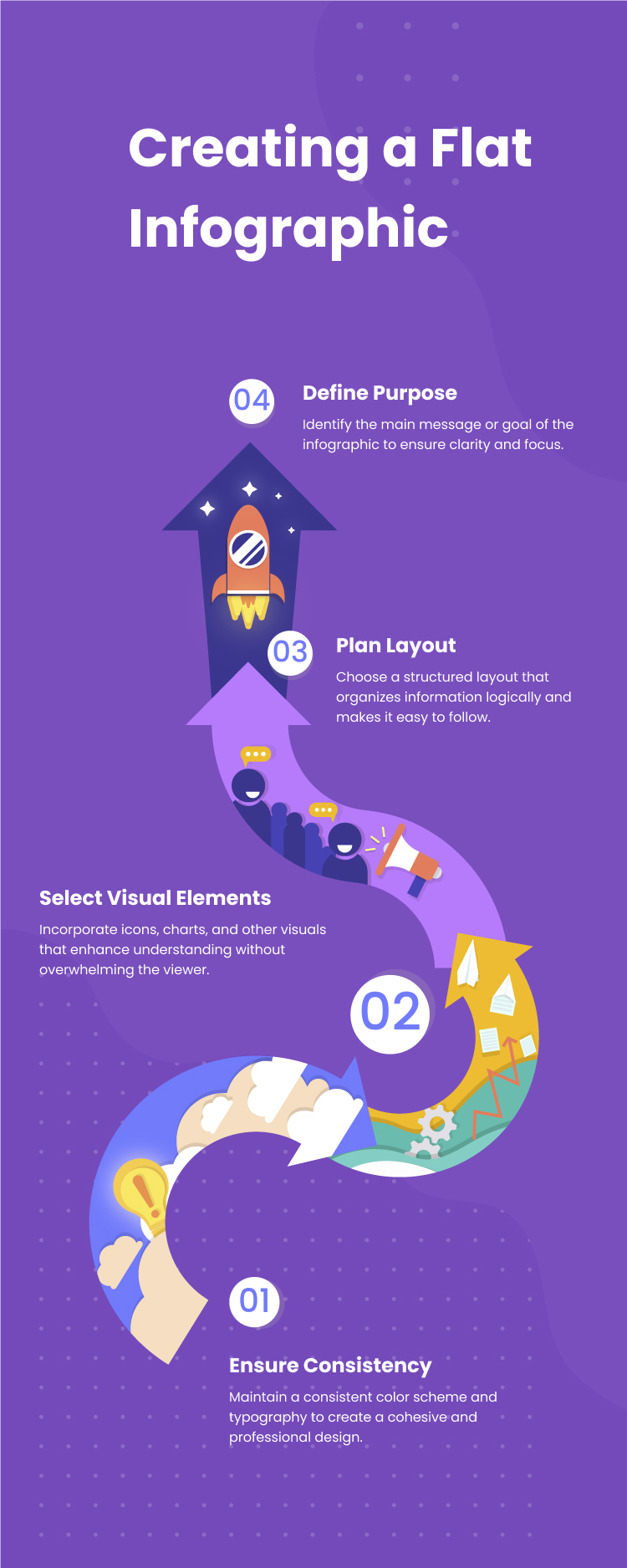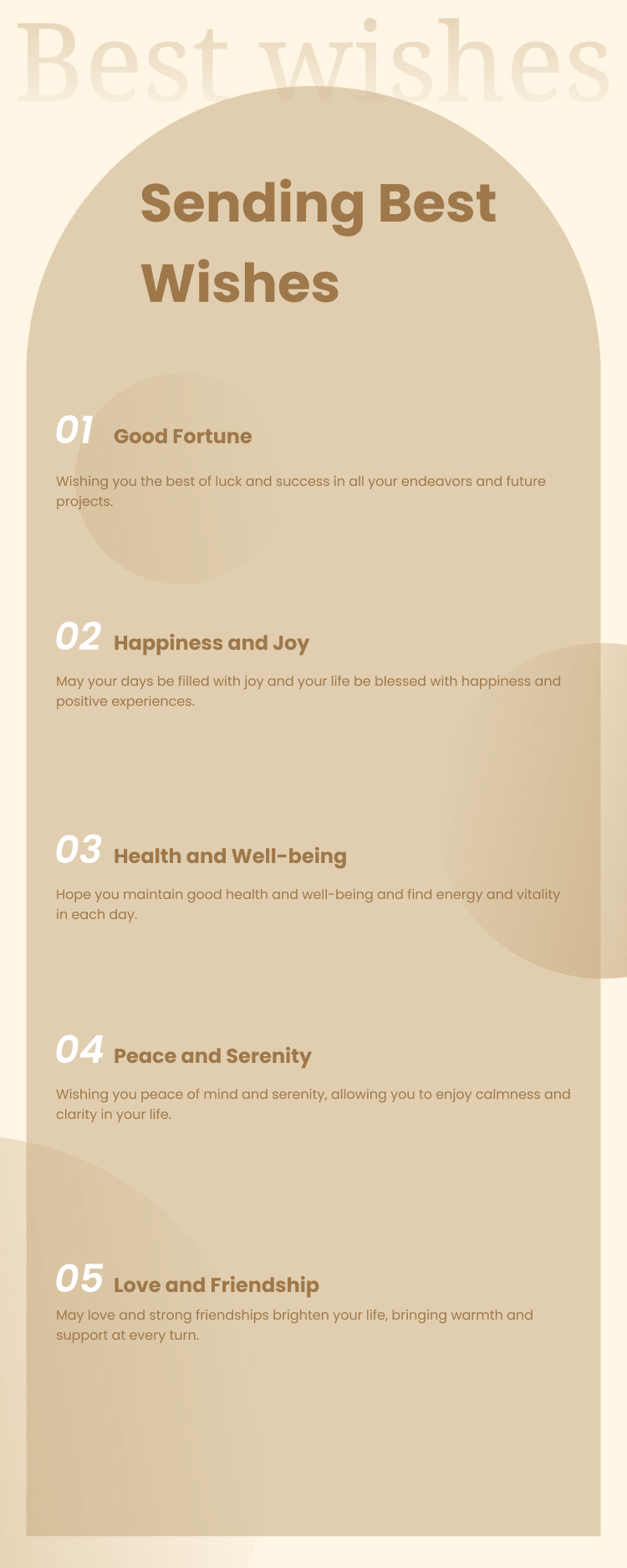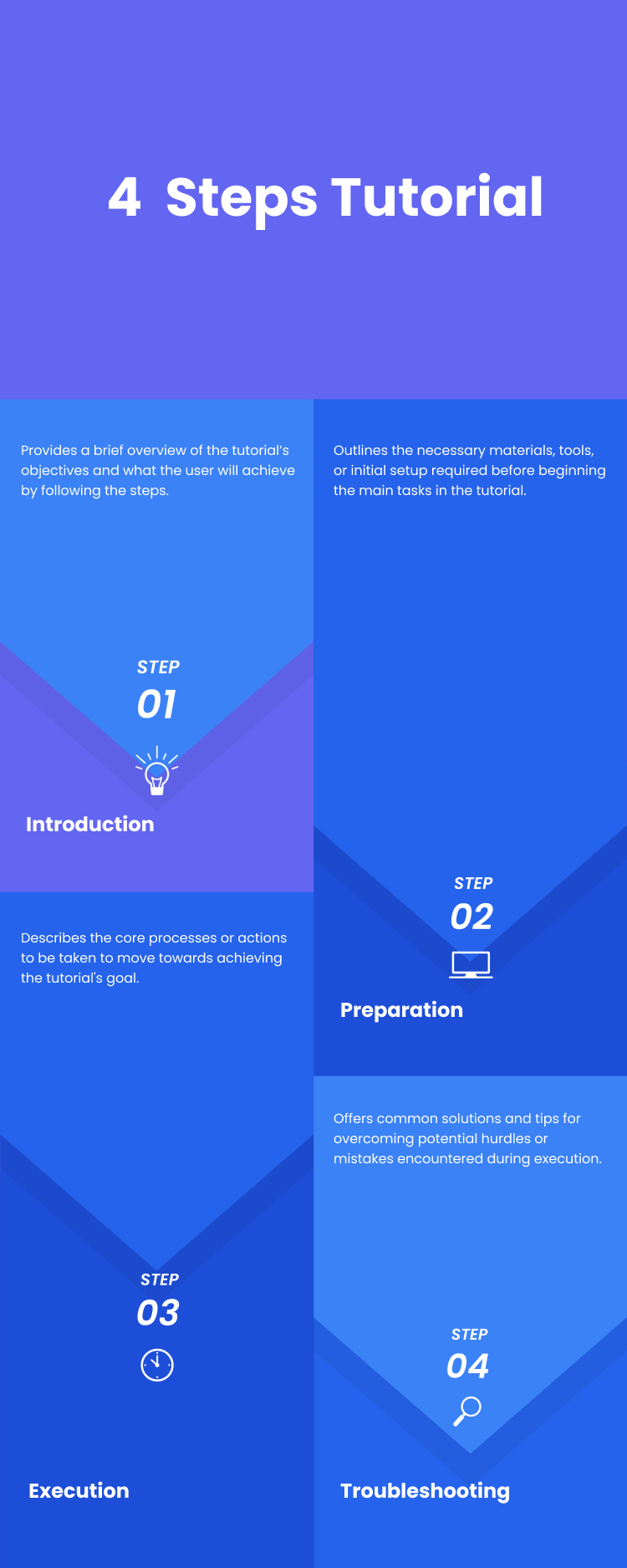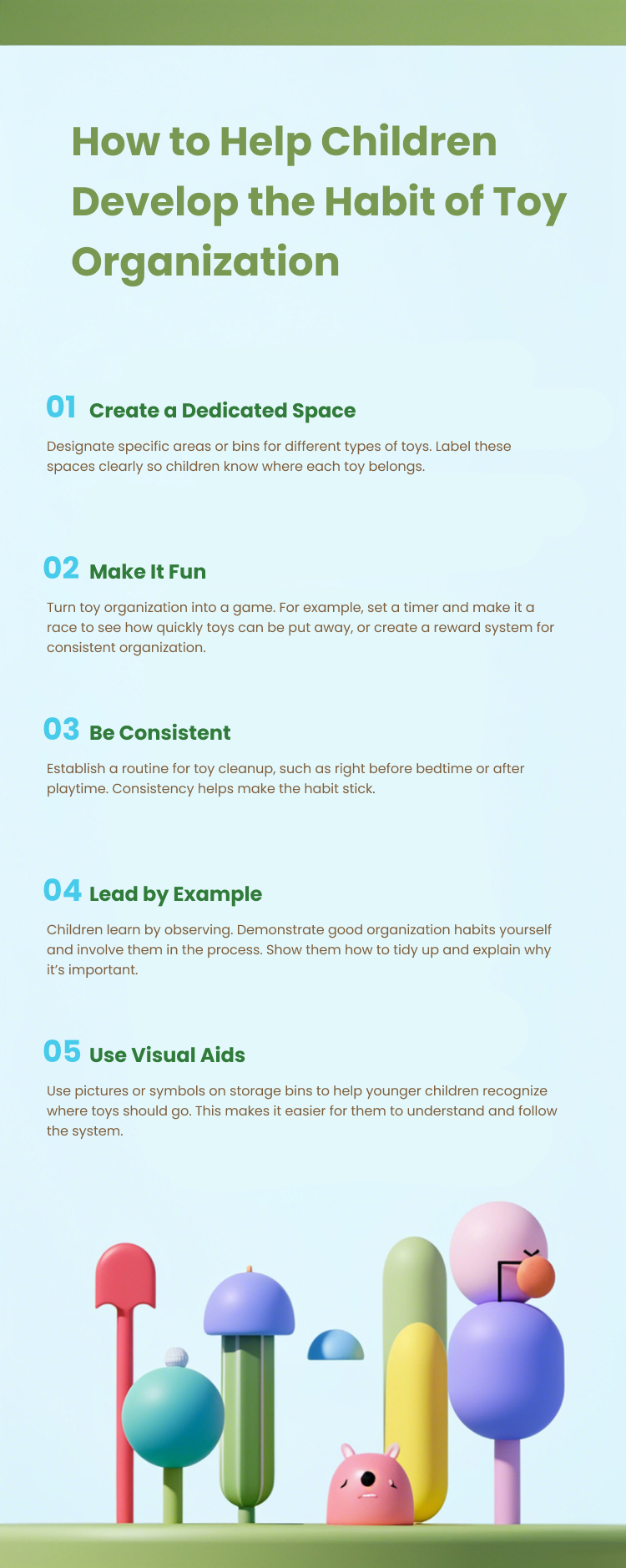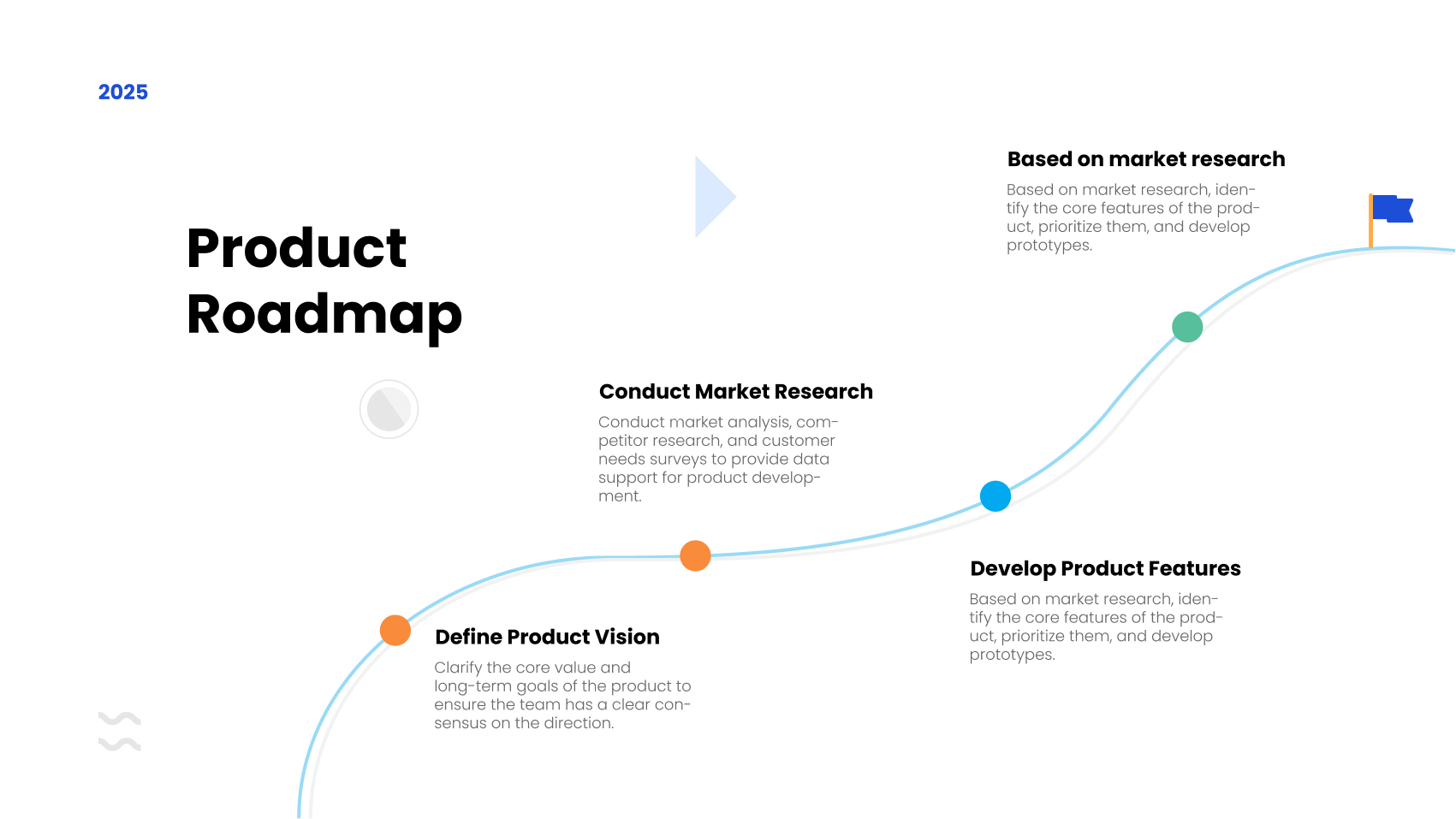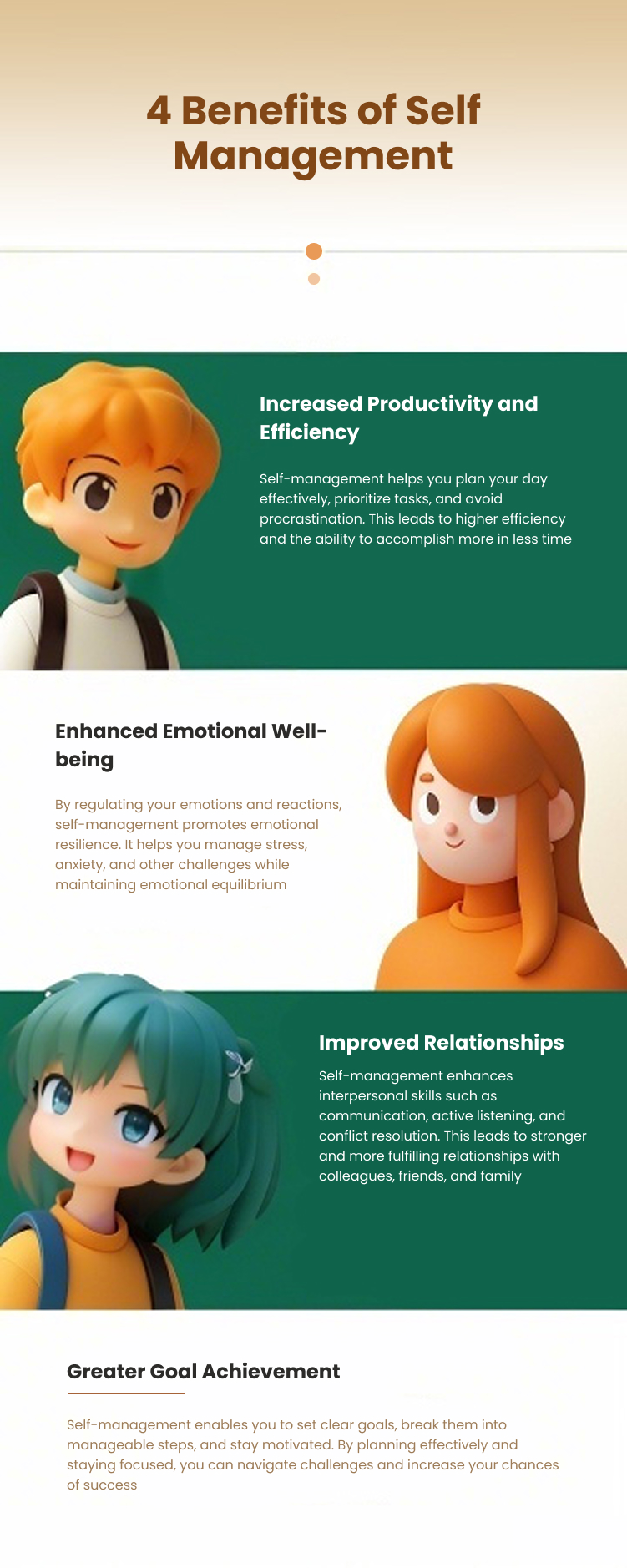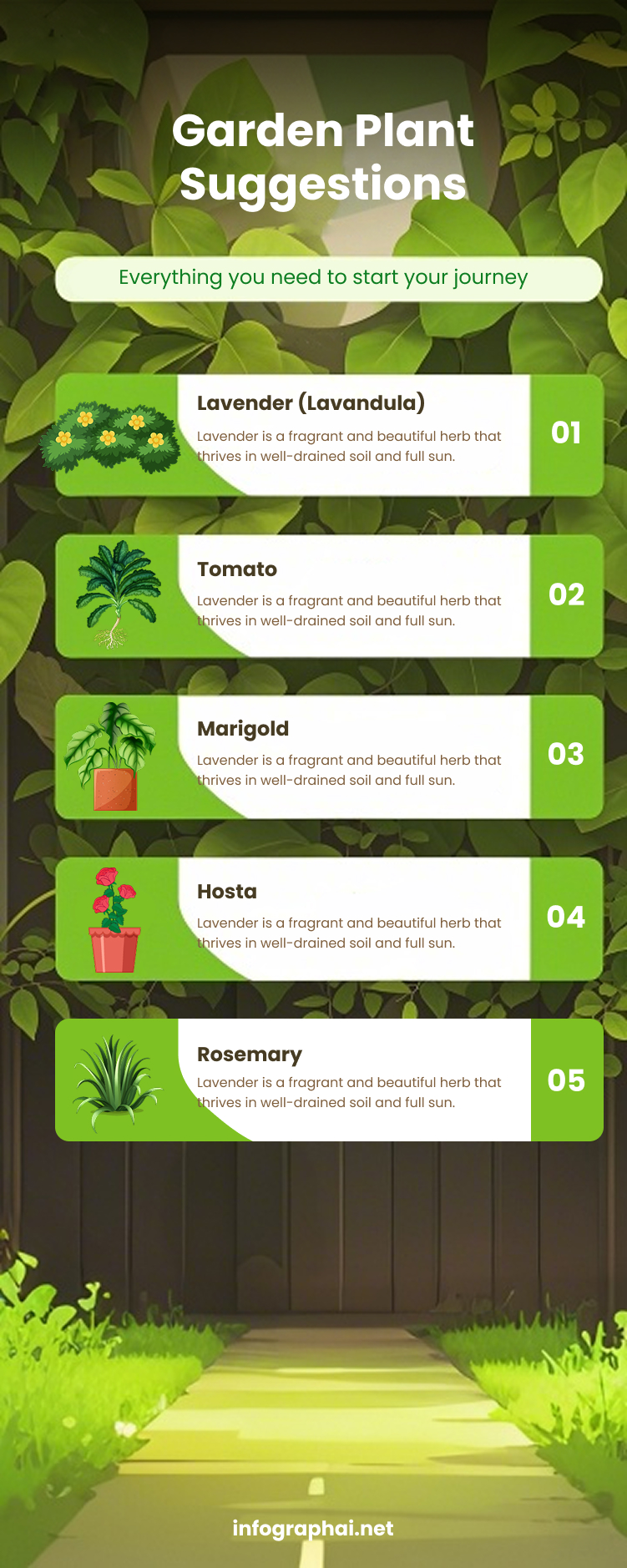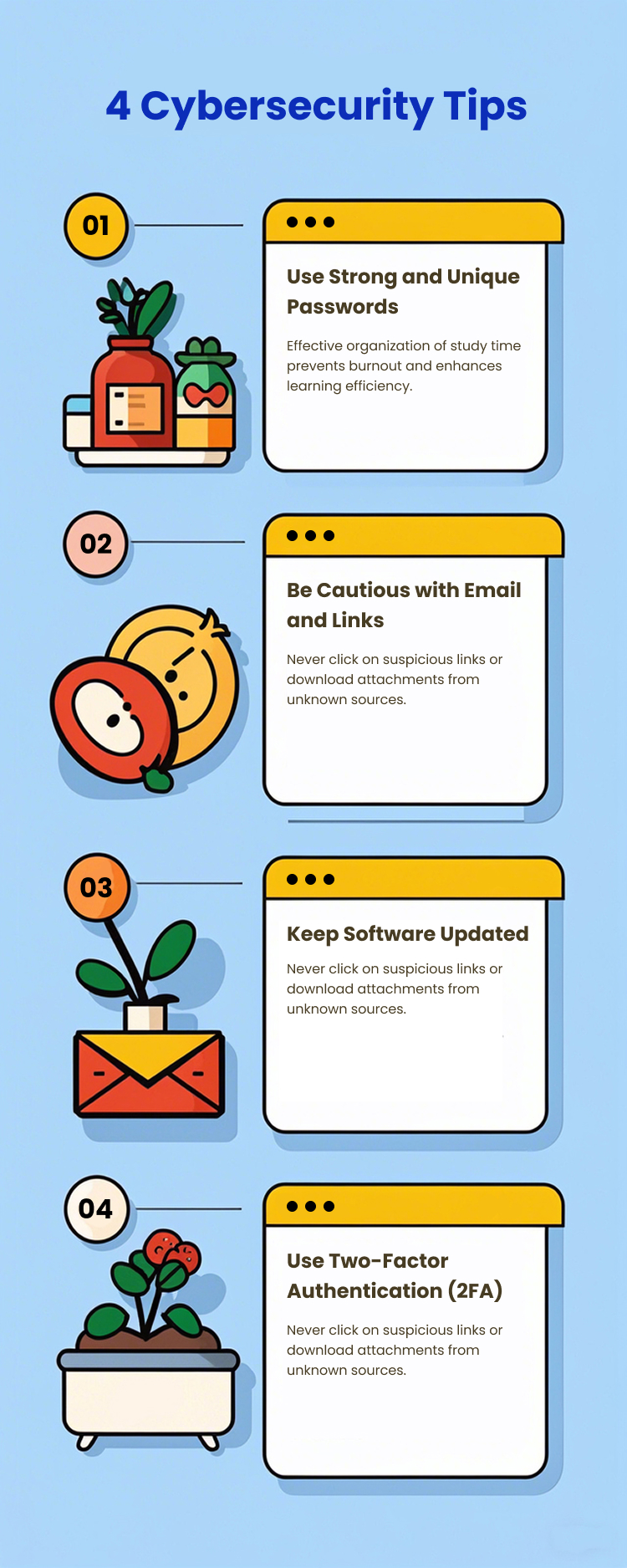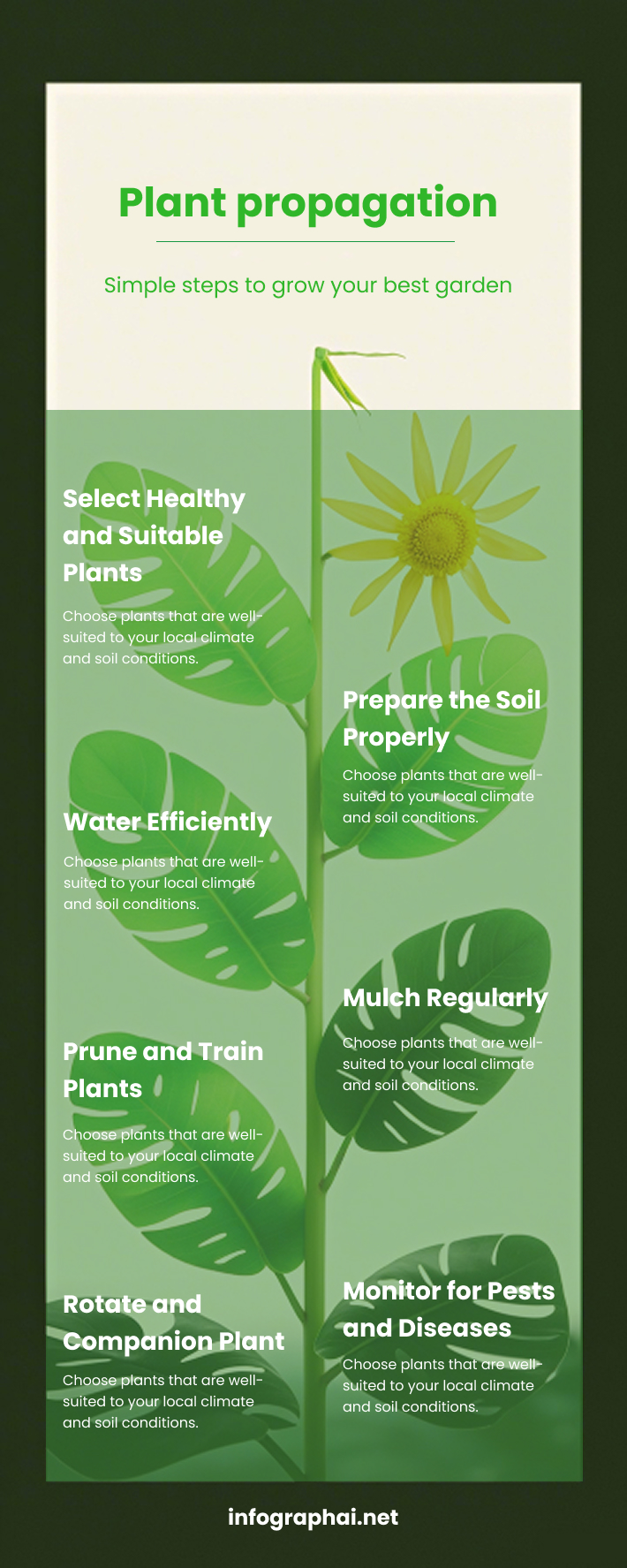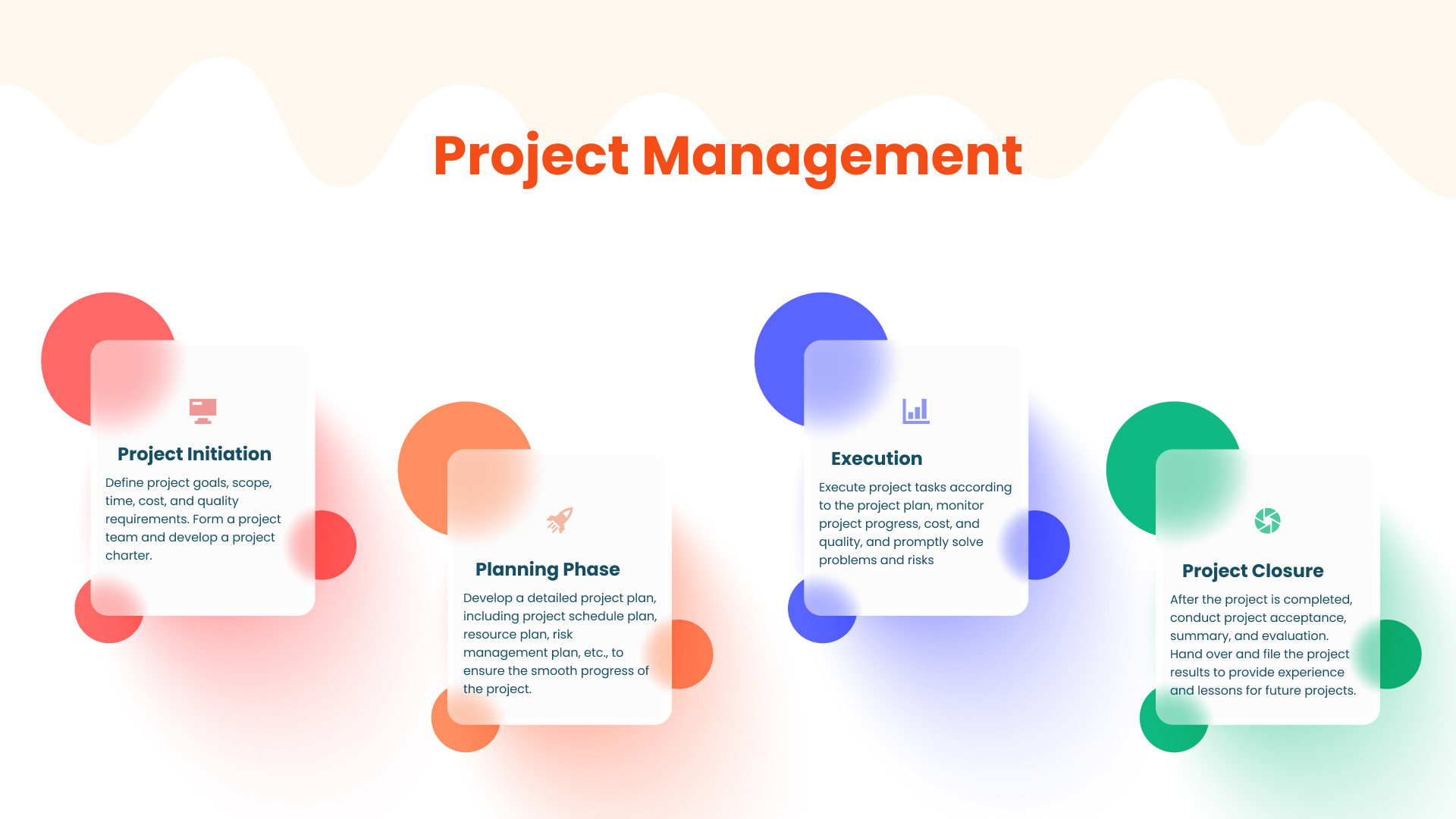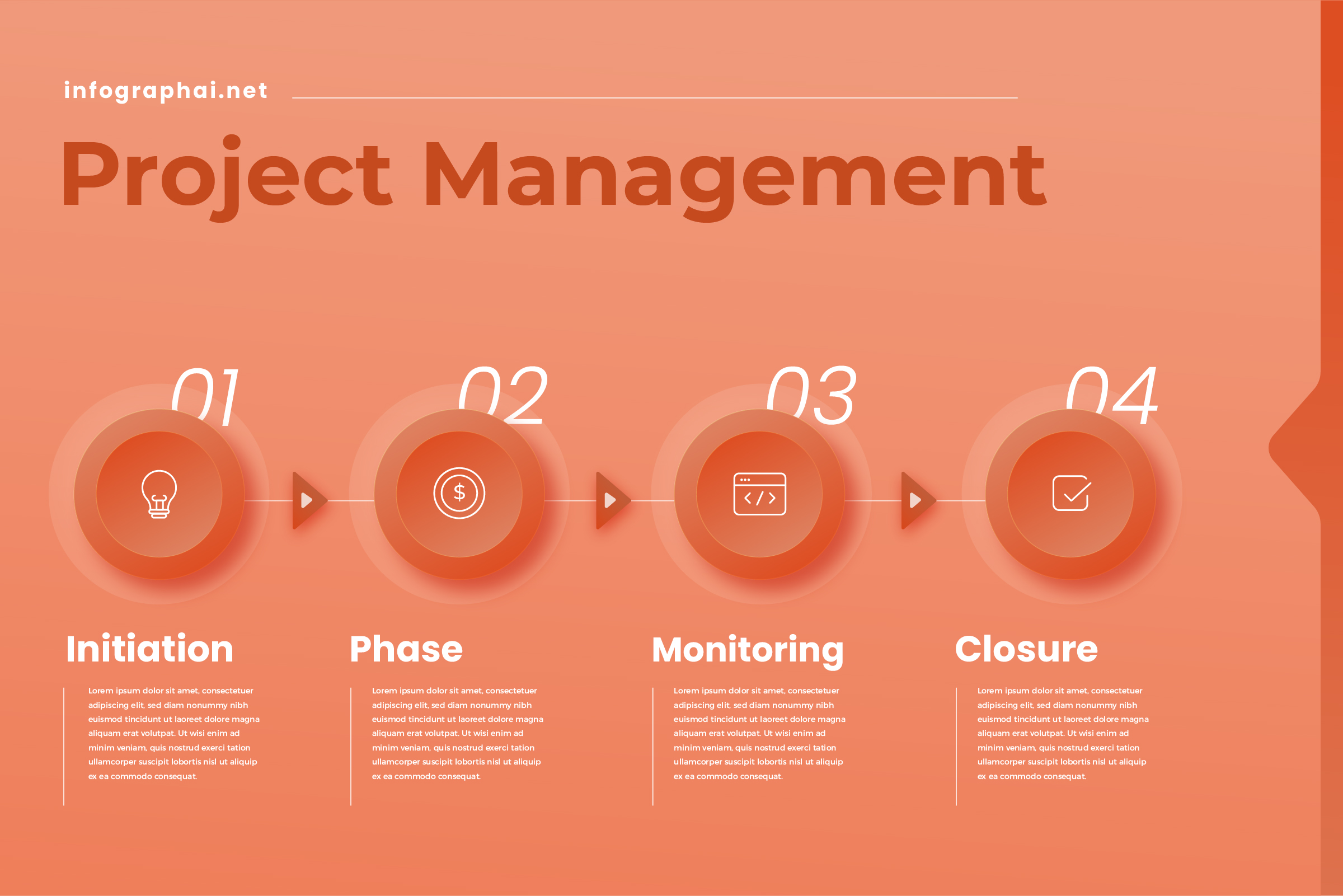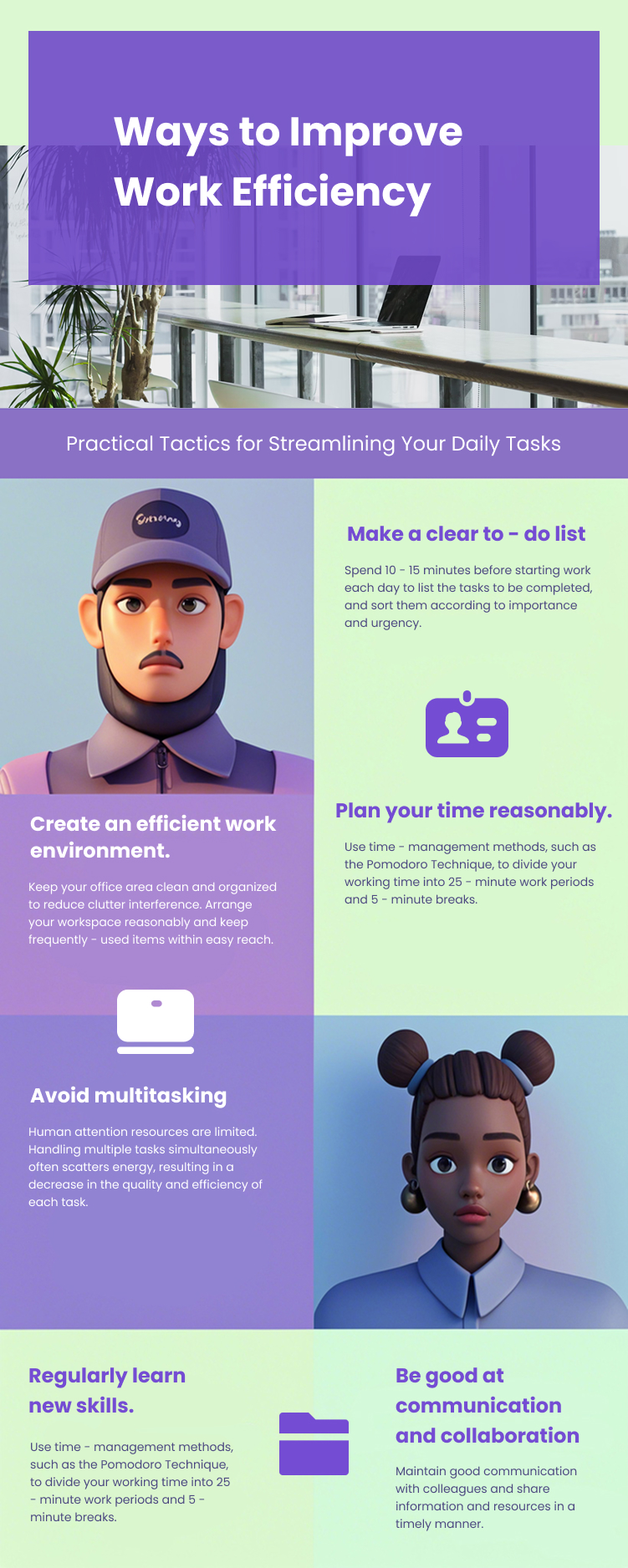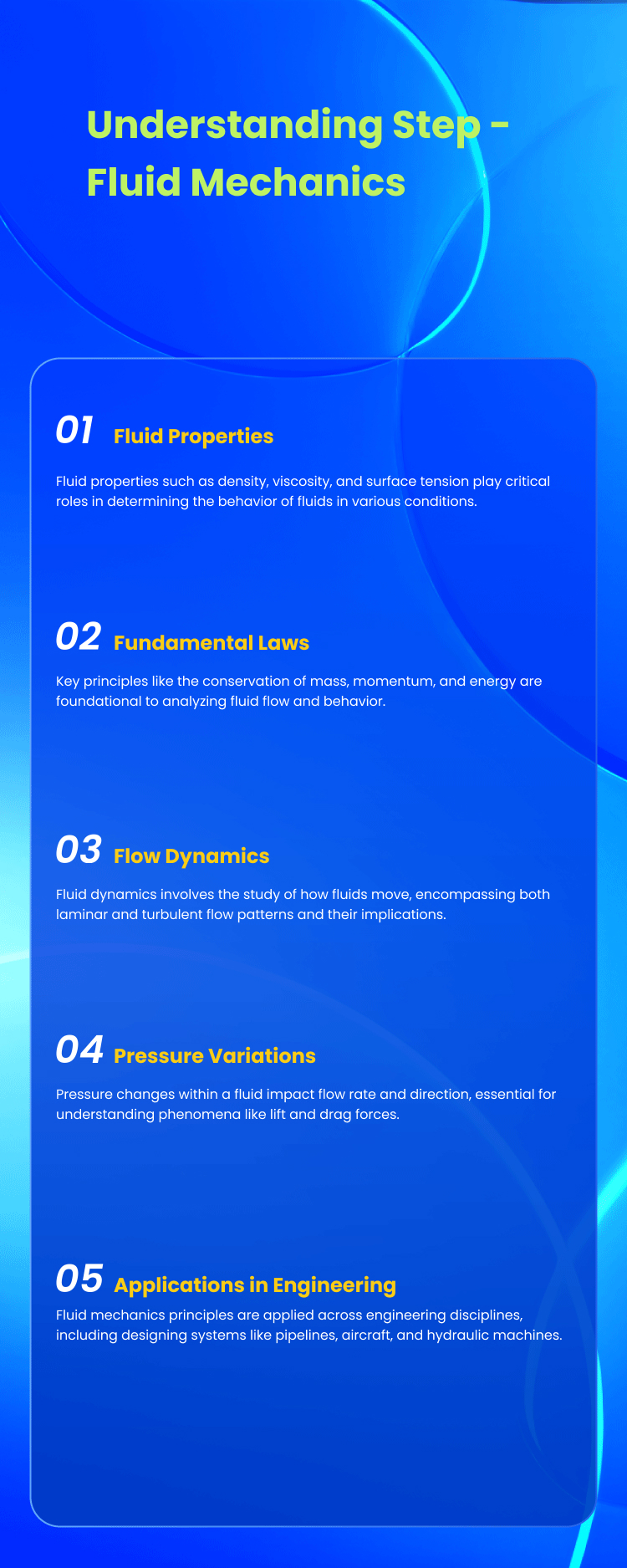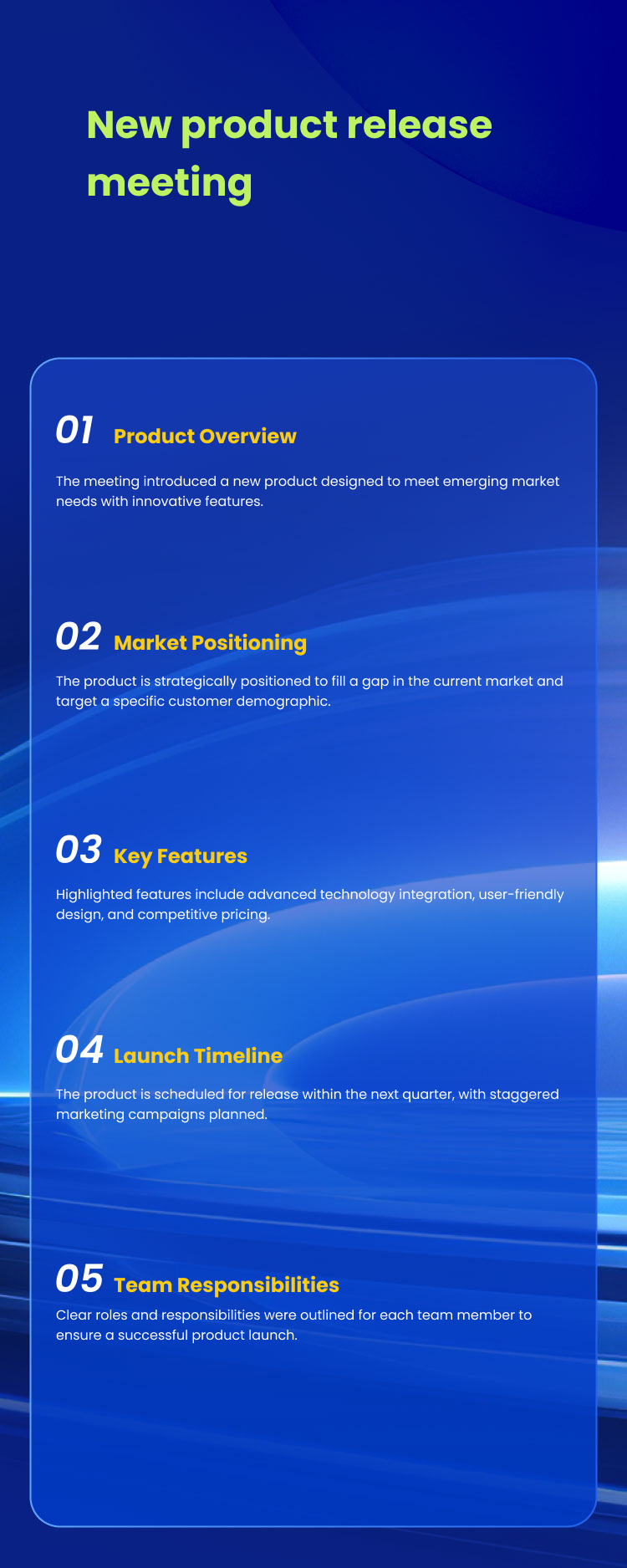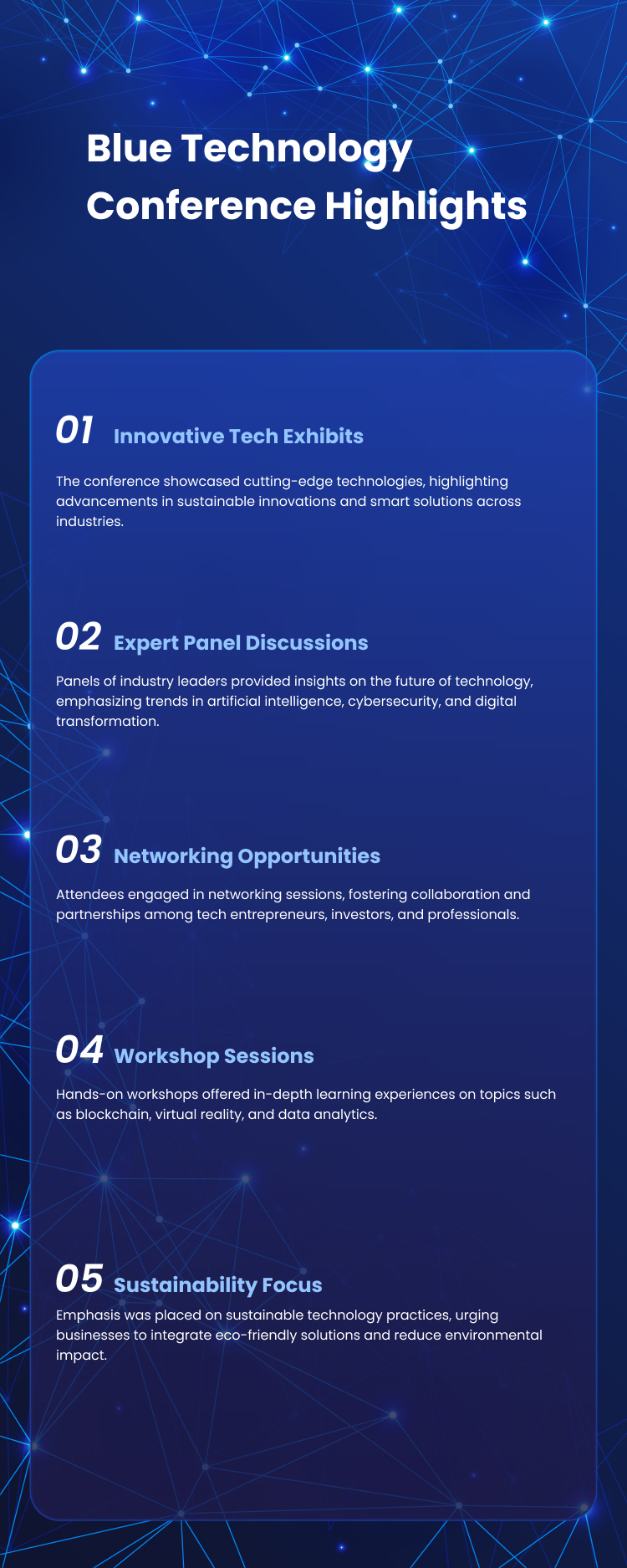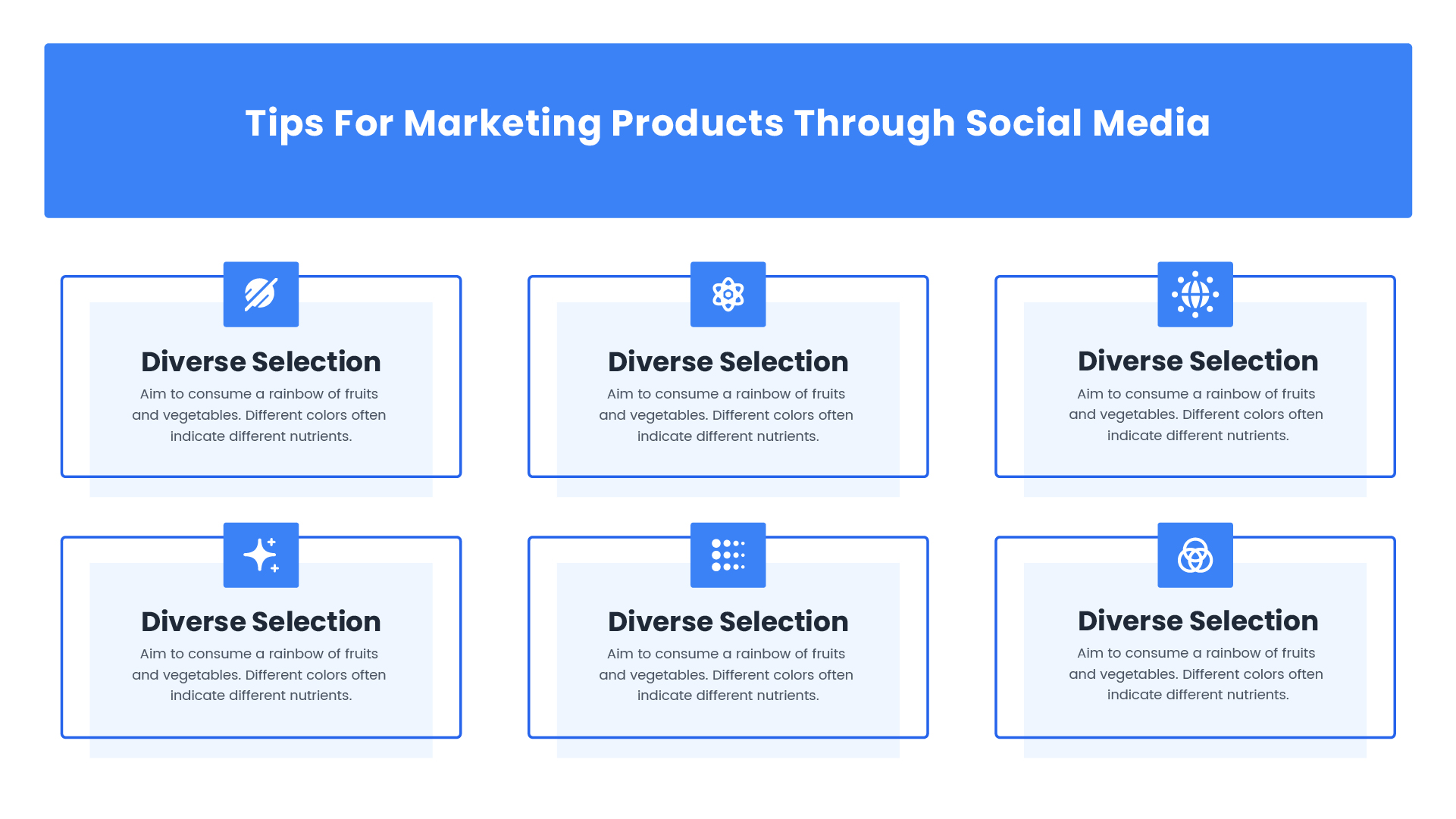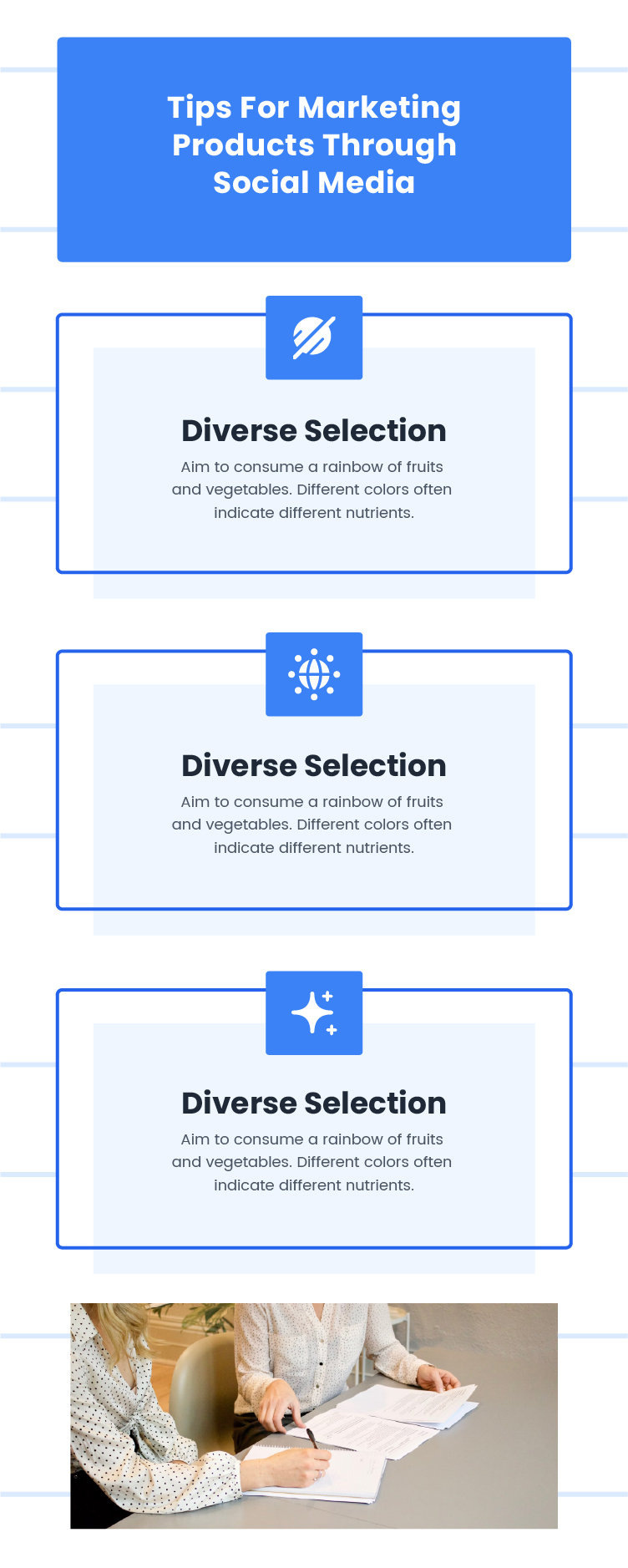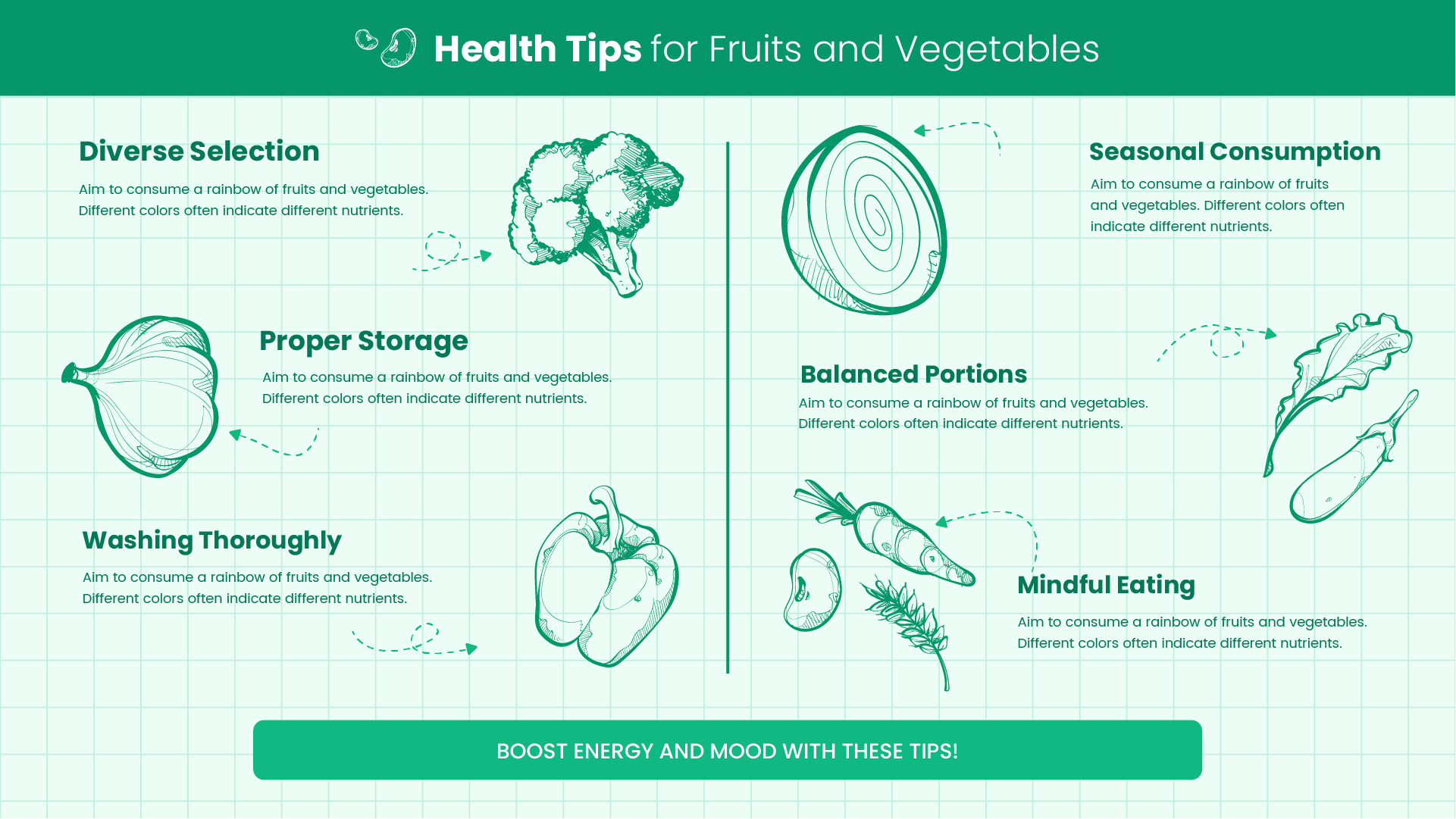Movie and Novel Plot Combing Infographic Template
"7 Key Strategies for Combining Movie and Novel Plots: From Adaptation to Innovation"
-
Identify Core Narrative
Extract the central theme and emotional arc of the novel, ensuring the film retains its essence while adapting to visual storytelling constraints. Condense subplots or merge characters if needed, but preserve pivotal moments that define the story’s soul. -
Leverage Medium Strengths
Use cinematic tools (e.g., visual symbolism, score) to depict inner monologues or abstract novel elements, as seen in The Grand Budapest Hotel’s stylized framing. Conversely, novels can expand on film plots with deeper backstories, like Blade Runner’s tie-in novels. -
Balance Fidelity & Creativity
Stay true to the source material’s spirit (e.g., Harry Potter’s world-building) but embrace creative liberties, such as The Shining’s divergent ending, to suit the director’s vision. -
Design Cross-Media Arcs
Develop complementary plots across platforms (e.g., Star Wars novels filling gaps between films), ensuring each medium contributes uniquely to the expanded universe. -
Optimize Pacing & Structure
Adjust novel-length timelines for film’s 2-hour format, using nonlinear editing (Arrival) or montages to convey time jumps without losing coherence. -
Engage Audience Participation
Foster fan involvement through transmedia Easter eggs (Sherlock’s hidden clues) or interactive adaptations (Bandersnatch), blurring lines between consumption and co-creation. -
Test & Iterate
Screen test adaptations with book fans and general audiences to gauge emotional resonance, refining based on feedback—similar to The Lord of the Rings’ iterative script process.
